Horse Coat Color – Dilutions – The Dun And Grulla Gene
This gene can work on both red and black base colors by lightening the base color. However it does not lighten the base color of the mane, tail, legs and the primitive markings including the dorsal stripe, the zebra stripe and the shoulder stripe often seen in donkeys.
A Dun horse always has a dorsal stripe with or without the addition of a cream dilution. Combinations of a cream diluted bay (buckskin) and a dun diluted bay (bay dun) yield a mix called a Buckskin Dun. The dorsal stripe shows that the horse is a dun but the genetics will show a cream dilution with a lighter hair coat color, especially in the face.
**CONTINUED IN ARTICLE TAB**
Related material – Sometimes I have a lot of material here that I have written, podcasted, video blogs and other things. They will be listed in this tab.
Use the browser back button or menu to return to the index of topics.
⬇︎ CLICK ANY IMAGE BELOW TO REVEAL MORE INFORMATION ⬇︎
This gene can work on both red and black base colors by lightening the base color. However it does not lighten the base color of the mane, tail, legs and the primitive markings including the dorsal stripe, the zebra stripe and the shoulder stripe often seen in donkeys.
A Dun horse always has a dorsal stripe with or without the addition of a cream dilution. Combinations of a cream diluted bay (buckskin) and a dun diluted bay (bay dun) yield a mix called a Buckskin Dun. The dorsal stripe shows that the horse is a dun but the genetics will show a cream dilution with a lighter hair coat color, especially in the face.
Chestnut with the dun gene will have a darkened hair coat along the back (the dorsal stripe) as well as darkened ears, mane, tail and lower limbs. All of these markings are of their base coat and look dark relative to the lightened remaining coat color.
In essence, the dun gene lightens the coat color with the exception of the dorsal stripe, the ears, mane, tail, legs and any ancient markings such as the shoulder stripe of donkeys and the zebra leg markings of horses and donkeys.
The grullo (aka grulla) is a dun dilution of the black horse. Each hair retains the base coat but adds a lighter color creating a tan-gray coloration. It is different from a gray where the entire hair is depigmented over time and the roan where the hairs are either pigmented or depigmented with no change in this over time. Grullos are also called blue duns, gray duns or mouse duns.
There is a caveat concerning the dorsal stripe. All duns must have a dorsal stripe but not all horses with a dorsal stripe are duns. This is because the primitive markings (dorsal stripe, zebra markings, leg stripes, shoulder line) can also be expressed more in some horses that carry one of the two non-dun genes. I know this is confusing but that’s genetics!
Any videos related to this topic will be added here. Stay tuned or comment a request.
- Additional tables
- Links to other in house articles
- Links to outside articles
- Reference material used in developing this topic.
There are no related articles here if you don’t see linked items.


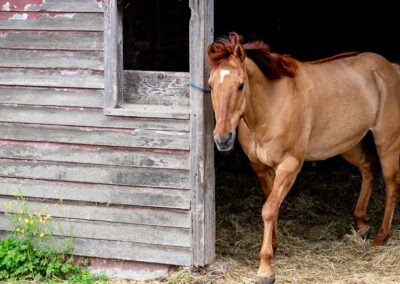
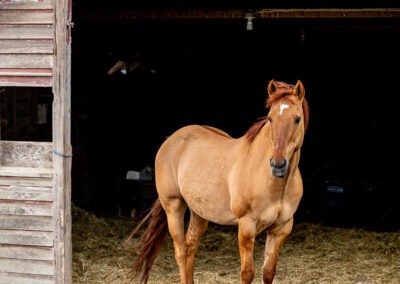
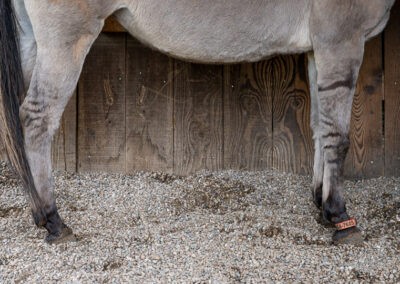
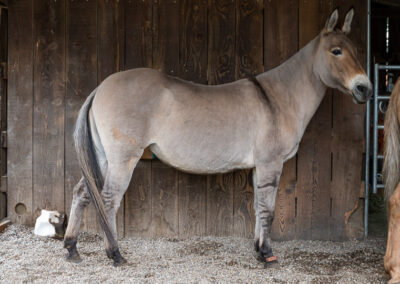



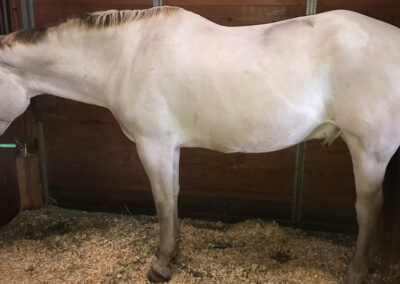
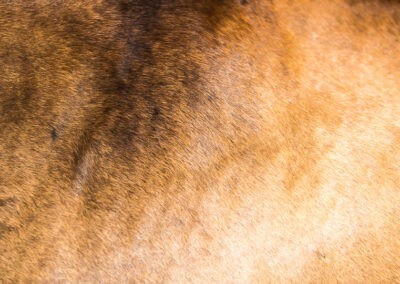

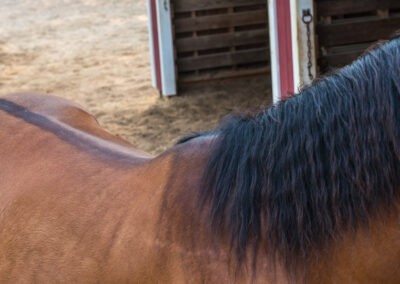
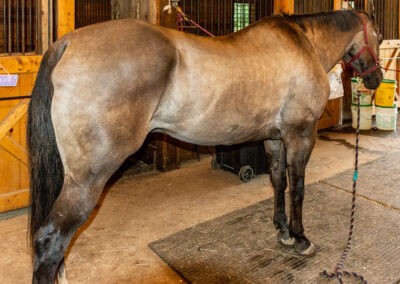



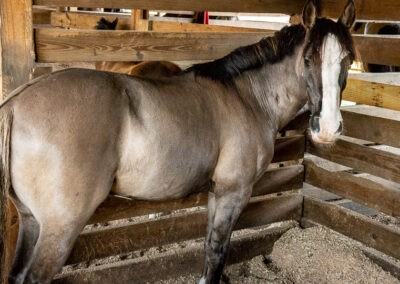
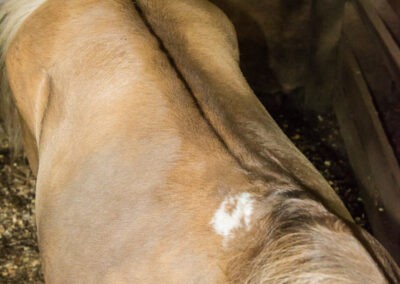

Responses